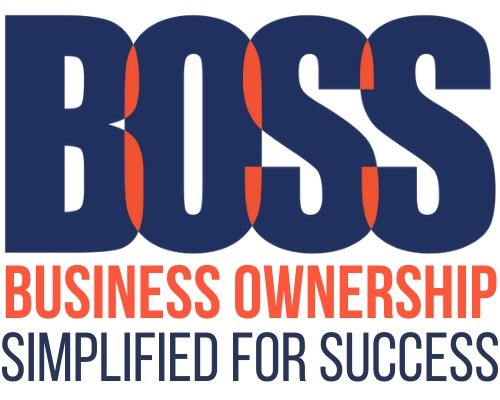How To Let Go Of Employees
In the world of business ownership, the last thing you ever want to do is fire or lay off an employee. It’s not what you signed up for but it’s par for the course. Tough decisions have to be made sometimes and among the most challenging is the decision to terminate an employee. It's a task that often evokes a mix of emotions - from guilt and apprehension to relief and uncertainty. However, approaching this process with empathy, professionalism, and foresight can turn a difficult situation into an opportunity for growth, both for your business and for the individuals involved. If you’re thinking about firing an employee, this is the right article for you…now delete your search history before anyone sees this!
The Importance of Doing It Right
First and foremost, it's essential to recognize that letting go of an employee is not just about the action itself, but also about the manner in which it is executed. Terminating an employee on good terms is not only ethical but also beneficial for your company's reputation and morale. It sends a message that you value your employees, even in difficult times, and that you are committed to handling challenging situations with integrity.
Letting go of an employee starts with you. It’s your job to prepare and make a plan. If you have a lot of emotions around this person, consider talking to a trusted advisor beforehand to calm and regulate yourself before having this conversation.
Steps to Terminate with Grace
Prepare for the Conversation: Before initiating the termination conversation, gather all relevant documentation and prepare a clear, concise explanation for the decision. Approach the conversation with empathy and respect, and be prepared to listen to the employee's perspective.
Deliver the News Compassionately: Choose a private but public setting for the conversation and deliver the news in a direct but empathetic manner. Never do it in your home alone. Express gratitude for the employee's contributions and offer support during the transition period.
Provide Assistance: Offer assistance with practical matters such as severance packages, outplacement services, and references. This can help ease the financial and emotional burden for the employee and demonstrate your commitment to their well-being. Make sure to review any legal, contracts, and financial statements before letting them.
Communicate with Remaining Staff: Transparency is key when it comes to communicating changes within your organization. Inform your remaining staff about the departure of the employee in a professional manner, emphasizing the company's commitment to supporting all team members through transitions. Reassure your staff they are doing great and the specific attributes they are performing well at to prevent any paranoia about more terminations. Avoid having multiple one-on-one conversations about it to prevent gossip from starting as well.
Moving Forward: Replacing and Reflecting
After the departure of an employee, it's natural to feel a sense of loss and uncertainty. However, this is also an opportunity to reflect on what went wrong and how you can improve as a business owner and leader. It’s time to ask yourself:
Were their Red Flags?
Reflect on any warning signs or performance issues that may have led to the termination. Use this insight to refine your hiring processes and better identify candidates who align with your company's values and expectations. Did they match your expectations and company culture?
Could Training or Support Have Made a Difference?
Consider whether additional training, support, or coaching could have helped the employee succeed in their role. Investing in the development of your team can pay dividends in the long run and foster a culture of growth and learning within your organization.
Is Outsourcing or Hiring the Right Solution For Your Business?
Evaluate whether outsourcing certain tasks or hiring new employees is the best course of action to fill the gap left by the departing employee. Consider factors such as workload, budget, and long-term business goals when making this decision. Many hire too quickly or at the wrong time and this can affect the performance of the employee. If you aren’t organized about what you want, you can’t expect your employees to figure out what you want.
Integrate your business and personal life seamlessly!
Download our Business Life Integration Guide!
The Path Forward
Letting go of employees is a challenging but necessary aspect of business ownership. By approaching the process with empathy, professionalism, and a commitment to growth, you can navigate this difficult decision with grace and integrity. This experience will teach you more than you’ll know and in doing so, you can turn a difficult situation into a catalyst for positive change and continued success for your business.


